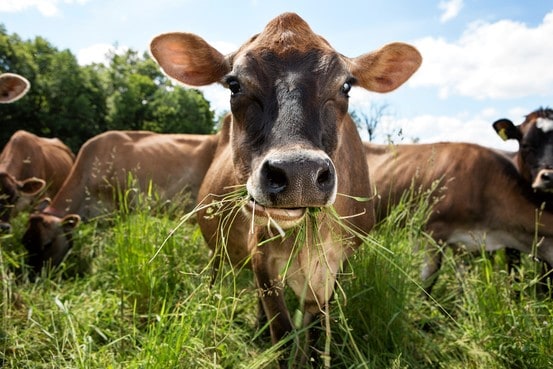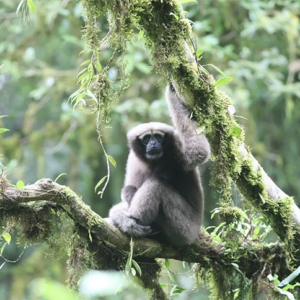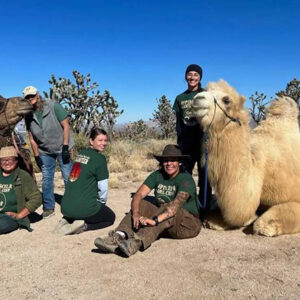
The continued existence of cattle around the world can be pinned on humans’ need to consume them, whether that’s by using their milk or eating their meat. Besides this primary function, and the fact that they can rapidly eat grass, there doesn’t seem to be a huge need for cows otherwise, save for companionship. However, researchers may have just found another complex purpose for these sturdy creatures that has nothing to do with food but everything to do with health.
If you’re not familiar with HIV or are unsure why it’s so difficult to control, here’s the breakdown: the Human Immunodeficiency Virus infects a specific white blood cell that is built to attack viruses, making it not only difficult to detect the virus but nearly impossible to attack. On the off chance that a human’s immune system is able to create antibodies to defeat the virus, which has been observed before, it takes years for this to happen and by then the virus has already evolved so much that it can overcome the antibodies. As a result, the best response to HIV are bNAbs, or broadly neutralising antibodies, which can attack multiple forms of virus at once.
“From the early days of the epidemic, we have recognized that HIV is very good at evading immunity, so exceptional immune systems that naturally produce broadly neutralizing antibodies to HIV are of great interest – whether they belong to humans or cattle,” said Dr. Anthony Fauci, the director of the US National Institute of Allergy and Infectious Diseases.
Researchers turned to cows after recognizing that a complex immune and digestive system might be the key to combatting the virus. Since cattle have a ruminant digestive system that allows grass to sit for a period of time in order to ferments, scientists knew that their systems are riddled with hostile bacteria that they deal with on a daily basis. They decided to test the animals to see if they already contained or could produce the necessary antibodies to defeat HIV and its rapidity.

For the experiment, injected 117 calves with the virus antigens and tested them regularly to see how their bodies responded. Since HIV is not natural to cattle, as it started as a virus for primates that mutated to attack human cells, their bodies would have to produce an all new response to the infection. The results were “mind-blowing,” as researchers said, as the cattle began producing bNAbs to fight the virus within weeks.
“The response blew our minds,” Dr. Devin Sok, one of the researchers, told BBC News. “It was just insane how good it looked. In humans, it takes three to five years to develop the antibodies we’re talking about. This is really important because we hadn’t been able to do it period. Who would have thought cow biology was making a significant contribution to HIV?”
The results were published in the journal Nature and the research was conducted by the US National Institutes of Health with the support of the International Aids Vaccine Initiative and the Scripps Research Institute. The findings showed that the cows were able to neutralize 20% of HIV strains within 42 days and 96% of strains within 381 days, just over a year.
“The potent responses in this study are remarkable. Unlike human antibodies, cattle antibodies are more likely to bear unique features and gain an edge over complicated HIV immunogens,” said Dennis R. Burton, who led the research.
As for its application, this information is just the start of some very interesting paths that researchers can now take to beat HIV. The antibodies can’t be taken from cows for use in humans, but researchers can study how the antibodies are formed so quickly and possibly engineer human-compatible antibodies that in turn could be made into a vaccine. Alternatively, this could be the source of inspiration to produce more effective vaginal microbicides to prevent HIV infection altogether.


